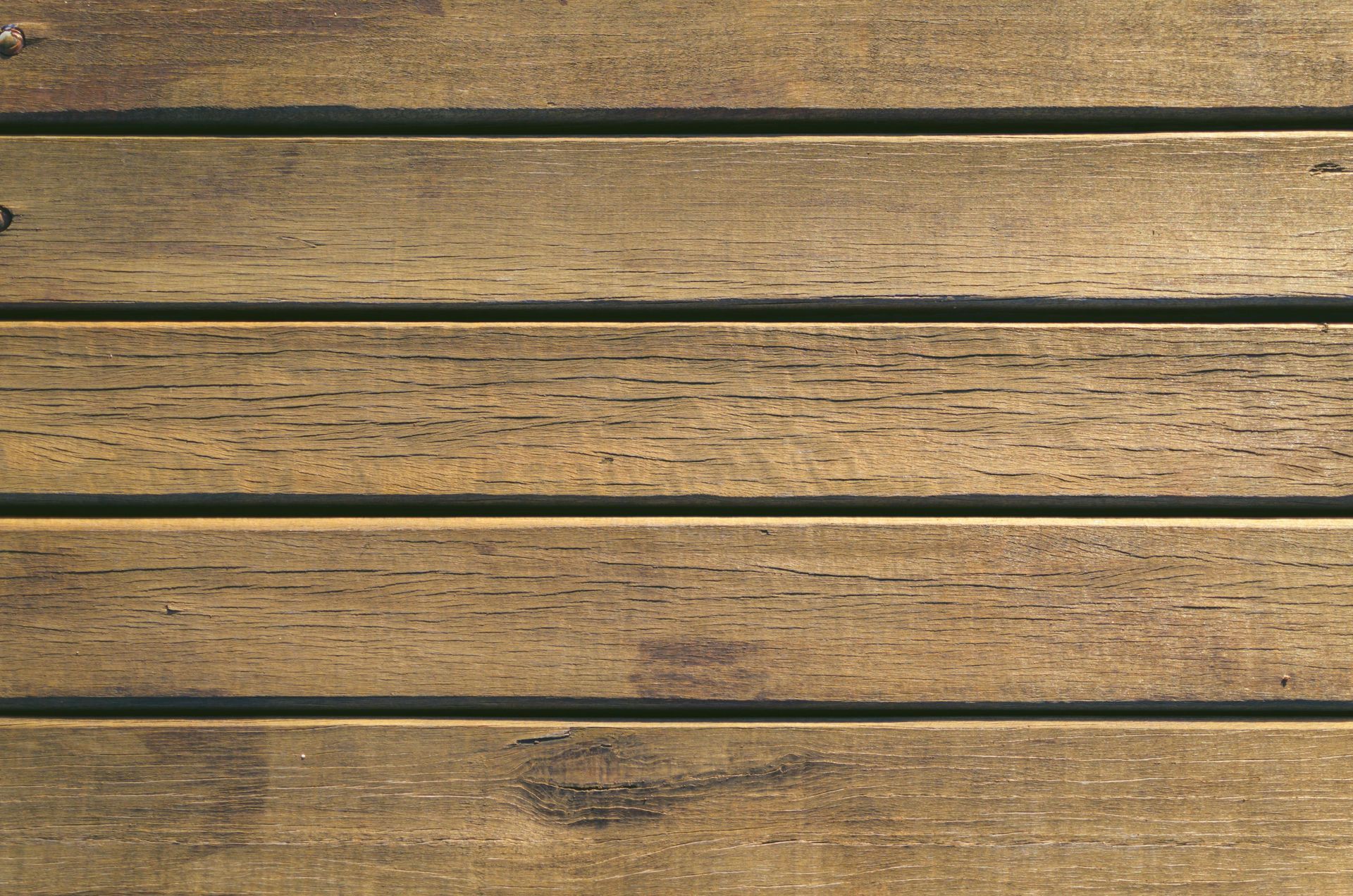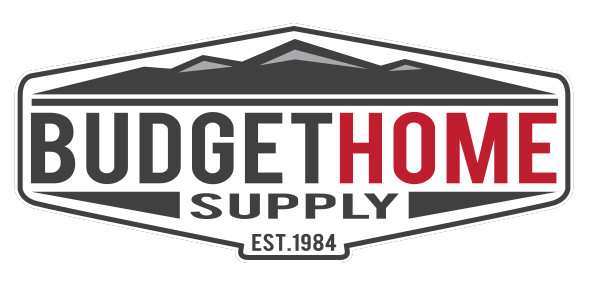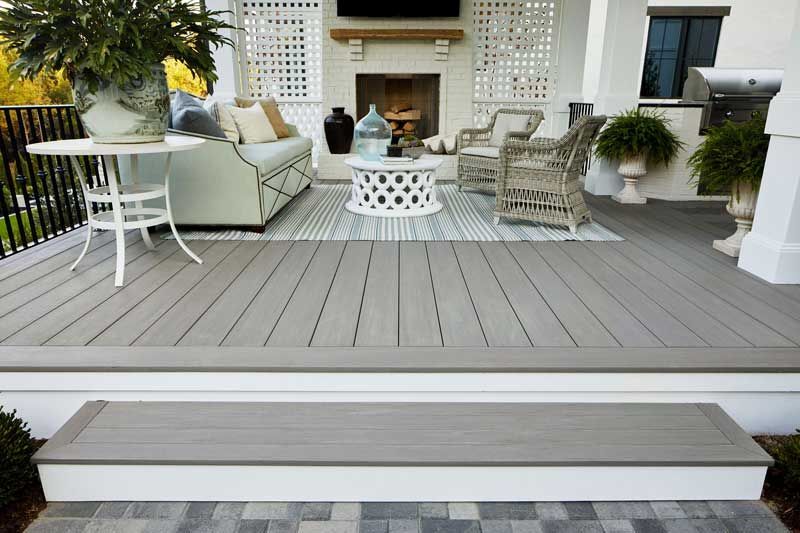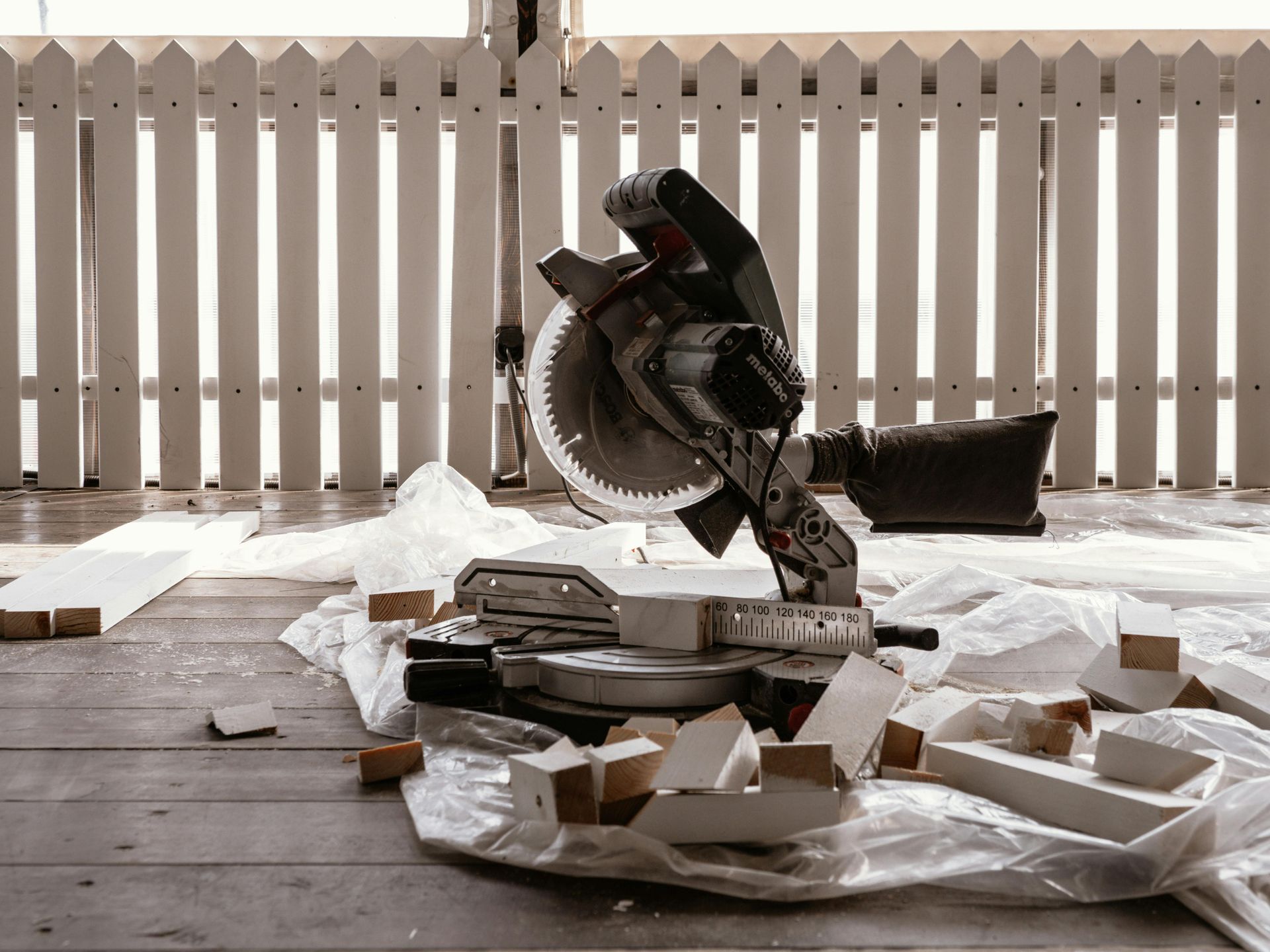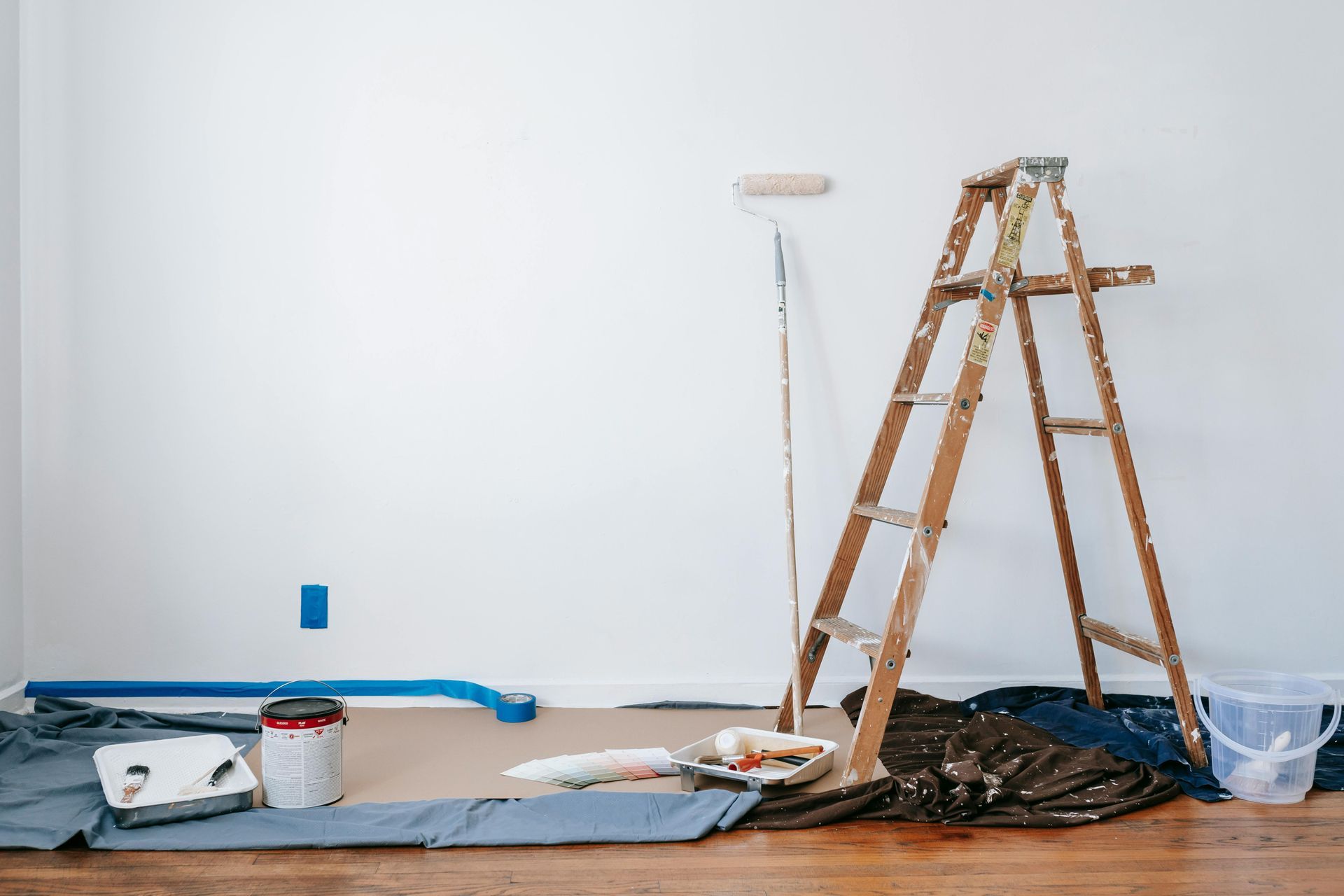Preventing Frozen Pipes: Tips to Keep Your Plumbing Safe This Winter
What's worse than getting up on a frigid winter morning for a hot shower only to be greeted by the silence of frozen pipes? Not only is a lack of running water inconvenient, but burst pipes can lead to costly repairs and water damage.
Luckily, with the right prevention steps, you can avoid these issues and keep your plumbing safe all season. This guide will cover practical, easy-to-follow winter plumbing tips to protect your pipes and prevent the hassle of wintertime plumbing problems.
Why Do Pipes Freeze?
Understanding why pipes freeze in winter is the first step in preventing it. Water inside pipes can freeze when temperatures drop, expanding as it turns to ice. This pressure can cause pipes to crack or burst, leading to leaks or water damage.
Pipes located in unheated areas are most susceptible to freezing, like:
- Attics: Especially if poorly insulated.
- Crawlspaces: These chilly spaces can put your pipes at risk.
- Exterior walls: Pipes running along uninsulated walls are prime targets.
- Garages: If your garage isn't heated, those pipes are sitting ducks.
1. Insulate Your Pipes
Pipe insulation is one of the most effective ways to prevent pipes from freezing. By wrapping pipes with insulating materials, you help retain heat and keep the cold out.
- Choose the Right Insulation: Foam pipe insulation is popular, but you can also use rubber or fiberglass wraps for added protection.
- Target Vulnerable Areas: Insulate pipes in colder areas like basements, attics, and crawl spaces, as well as exterior pipes and those running along exterior walls.
- Seal Any Gaps: Check for gaps around pipes where cold air might seep in and seal them with caulk or spray foam.
Insulating your pipes can save you from costly repairs later, so it’s worth the effort before winter hits full force.
2. Let Faucets Drip
Letting faucets drip slightly can relieve pressure in your pipes and prevent freezing. While it might seem counterintuitive to let water run, this small step can make a big difference.
- Keep Water Flowing: Moving water is less likely to freeze than still water, so a slow drip keeps things circulating.
- Which Faucets to Target: Open faucets connected to pipes more exposed to the cold, like those along exterior walls.
- Save the Drip for Cold Nights: You don’t have to keep faucets dripping all the time, but on especially cold nights, this simple measure can keep pipes safe.
A small drip is a much smaller expense than a burst pipe repair.
3. Keep the Heat On
Even if you’re planning to be away for a few days, keeping your home heated is essential for preventing frozen pipes.
- Set the Thermostat: Keep your thermostat set at a minimum of 55°F, even if you’re out of town.
- Open Cabinet Doors: Opening cabinet doors under sinks allows warm air to reach pipes in the walls or on exterior-facing sides.
- Heat Every Room: Don’t close off rooms completely, as the temperature drop in unused rooms can lead to freezing pipes.
Maintaining a consistent temperature throughout your home can make a big difference in protecting your plumbing system.
4. Seal Windows and Doors
Drafty windows and doors can let in cold air, which increases heating bills and exposes pipes to lower temperatures.
- Use Weatherstripping: Apply weatherstripping around doors and windows to seal gaps and keep out drafts.
- Check Basement Windows: If your basement has windows, consider installing storm windows or using plastic insulation film to reduce drafts.
- Inspect Doors to Garages or Crawl Spaces: Make sure any doors leading to unheated spaces are closed and well-sealed to keep cold air out.
Sealing drafts around your home can improve energy efficiency and help keep your pipes at a safe temperature.
5. Winterize Outdoor Faucets and Hoses
Outdoor faucets and hoses are often the first to freeze in winter, so take steps to winterize these exposed parts of your plumbing system.
- Disconnect Hoses: Remove and store hoses indoors to prevent them from freezing and damaging faucet connections.
- Install Faucet Covers: Use foam faucet covers or insulators to warm outdoor spigots.
- Drain Outdoor Lines: If your outdoor faucets have a shut-off valve, drain any remaining water from the lines.
These steps before winter can protect your outdoor plumbing and prevent issues from spreading to indoor pipes.
6. Add Extra Insulation to Vulnerable Areas
In particularly cold climates, adding extra insulation to walls, floors, and ceilings in vulnerable areas can be a game-changer for winter plumbing maintenance.
- Focus on Unheated Spaces: Basements, attics, and crawl spaces benefit from added insulation.
- Consider Insulated Pipe Sleeves: For even greater protection, insulated pipe sleeves or heat tape can be wrapped around pipes to maintain warmth.
- Add Attic and Crawl Space Insulation: These areas can also help keep warm air inside your home and reduce heating costs.
Additional insulation will prevent frozen pipes and make your home more energy-efficient during winter.
7. Invest in Heat Cables or Heat Tape
Heat cables or heat tape can be an excellent preventive measure, especially if you live in an area prone to freezing temperatures.
- Choose Self-Regulating Heat Tape: This type of heat tape adjusts its temperature based on ambient conditions, reducing the risk of overheating.
- Follow Safety Guidelines: Install heat cables according to the manufacturer’s instructions, as improper installation can be dangerous.
- Use on High-Risk Pipes: Apply heat cables on exterior pipes or unheated areas for maximum effectiveness.
While this option is a bit more advanced, heat cables can provide peace of mind and added protection for your plumbing.
8. Prepare for Extreme Cold
If you know extreme cold weather is coming, take a few extra steps to prepare and prevent frozen pipes.
- Let Multiple Faucets Drip: In subzero temperatures, open faucets throughout the house can help keep water flowing.
- Raise the Thermostat: Temporarily increase your home’s thermostat during extreme cold spells to keep pipes warm.
- Close Garage Doors: If your home has plumbing running through or near the garage, keep garage doors closed to trap warmer air.
Preparing for sudden temperature drops can reduce the chances of frozen pipes during cold snaps.
9. Check for Vulnerable Pipes Regularly
Regularly inspect pipes for any signs of weakness or wear, especially before the winter months set in.
- Look for Leaks: Small leaks can worsen in freezing temperatures, so fix them promptly.
- Replace Worn-Out Insulation: Insulation degrades over time, so ensure it’s still effective before winter.
- Assess Pipe Locations: Identify and monitor pipes in your home's colder areas to protect them.
Consistent checks and upkeep are key to catching potential issues early and protecting your plumbing system.
10. Know How to Shut Off Your Water
Knowing how to shut off your water quickly in an emergency can prevent extensive water damage.
- Locate the Main Shut-Off Valve: Make sure you know where the main shut-off valve is and test it to ensure it works.
- Label the Valve: If you have multiple valves, label the main shut-off for easy identification.
- Practice Shutting It Off: Familiarize yourself with how to turn off the water in case of a burst pipe or plumbing emergency.
Knowing how to shut off the water in an emergency can minimize the impact if a pipe does burst.
Bottom Line
Winter can be tough on your home, but with a few proactive steps, you can keep your pipes safe and your home cozy all season long. From insulation to drip tips and everything in between, these preventative measures will help you avoid the stress and expense of frozen pipes. Protecting your plumbing isn’t just about peace of mind and maintaining a comfortable, efficient home. So, as the temperatures drop, put these tips into action and enjoy a worry-free winter. For everything you need to get started, don’t forget to visit Budget Home Supply, where we’re ready to help you winterize with confidence!
